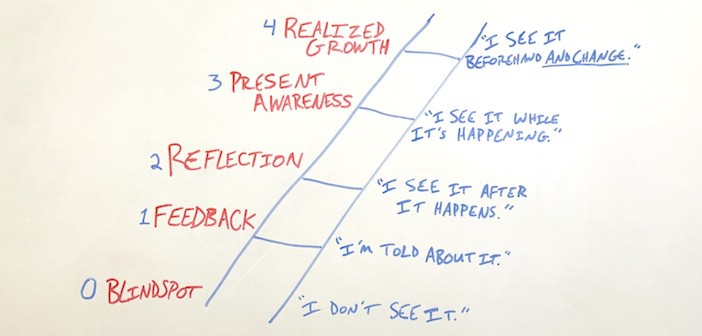Every organization operates according to two organizational charts: a published chart and a practiced chart. The published chart is the one that everyone is familiar with. It’s the chart that is communicated by management, with every position neatly organized into columns and rows symbolizing power and influence. The practiced chart, however, is much less familiar, often quite messy, and would never be published by the organization. This chart, though never published, depicts the actual power and influence by which participants actually work. As we all have experienced, it is very rare that an organization’s published chart and practiced chart are in agreement. People often assume or are given power and influence out of the defined responsibilities of their roles. And when this happens, the practiced chart deviates from the published chart.
An illustration of the average family conveys this deviance very simply yet quite accurately…
Were the traditional family (here we’ll assume 1 dad, 1 mom, 2 kids, a dog and a cat) asked to create an organizational chart of itself, it would likely look something like the following:
The mother and father are clearly superior to the children as the children are superior to the pets. This would be the family’s published organizational chart. However, as we all know, parents aren’t always the ones with the greatest degree of power and influence within the family. For instance, one bratty, spoiled son can quickly become the unspoken head of the household if his parents allow him to gain control. In this case, the published organizational chart may place the parents at the top but the practiced organizational chart, depicting actual power and influence, would appear as follows:
The son is in all actuality influencing his parents as they allow him to have his way. Now let’s also consider that, as most children often do, the daughter becomes so enamored by the dog that she cannot go five minutes without giving him some sort of toy or treat. With this addition to the network of influence within the family, the practiced organizational chart would appear as follows:
The son still hold power and influence over his parents but the daughter has now subjected herself to some type of power and influence of the dog. This messy, unstated organization of power and influence is sure to create frustration for everyone involved. While family members may be looking to the published organizational chart for direction, they find themselves living within to a completely different system. Until this family’s practiced chart reflects its published chart, confusion and dysfunction will always exist.
While the illustration may be overly simplified, the concept is very important to organizational leadership. Any disparity between an organization’s practiced chart and published chart will result in dysfunction.
An organization rarely acts according to its published organizational chart. Instead, an unstated, practiced chart actually dictates its activity. And this practiced chart is rarely in agreement with the published charted. This disagreement between published and practiced organizational charts is certain to create tension as individuals find their own roles and the roles of others to be incongruent with those they were initially told existed. And the only way to resolve this tension is to adjust one or both of those charts until they are in agreement.
So what does your practiced organizational chart look like? Take some time to observe and analyze behavior within your organization and sketch it out. (Don’t be surprised if it becomes messy and complicated.) Then compare it with your published organizational chart. How do these charts agree? How do they conflict? What dysfunctions are created by the disparities? And what adjustments can you make to either or both charts in an effort to resolve this disparity and dissolve the resulting dysfunction?






